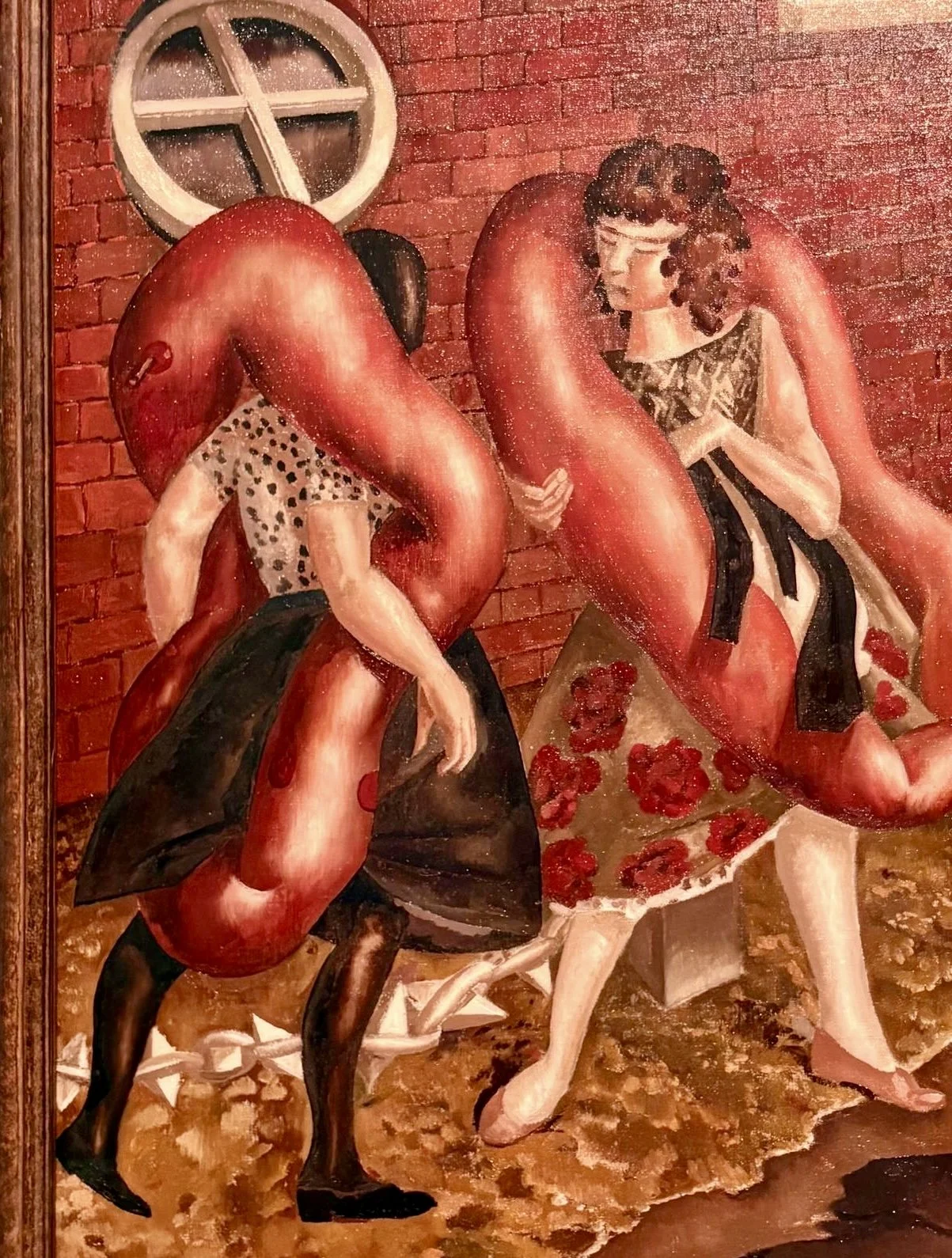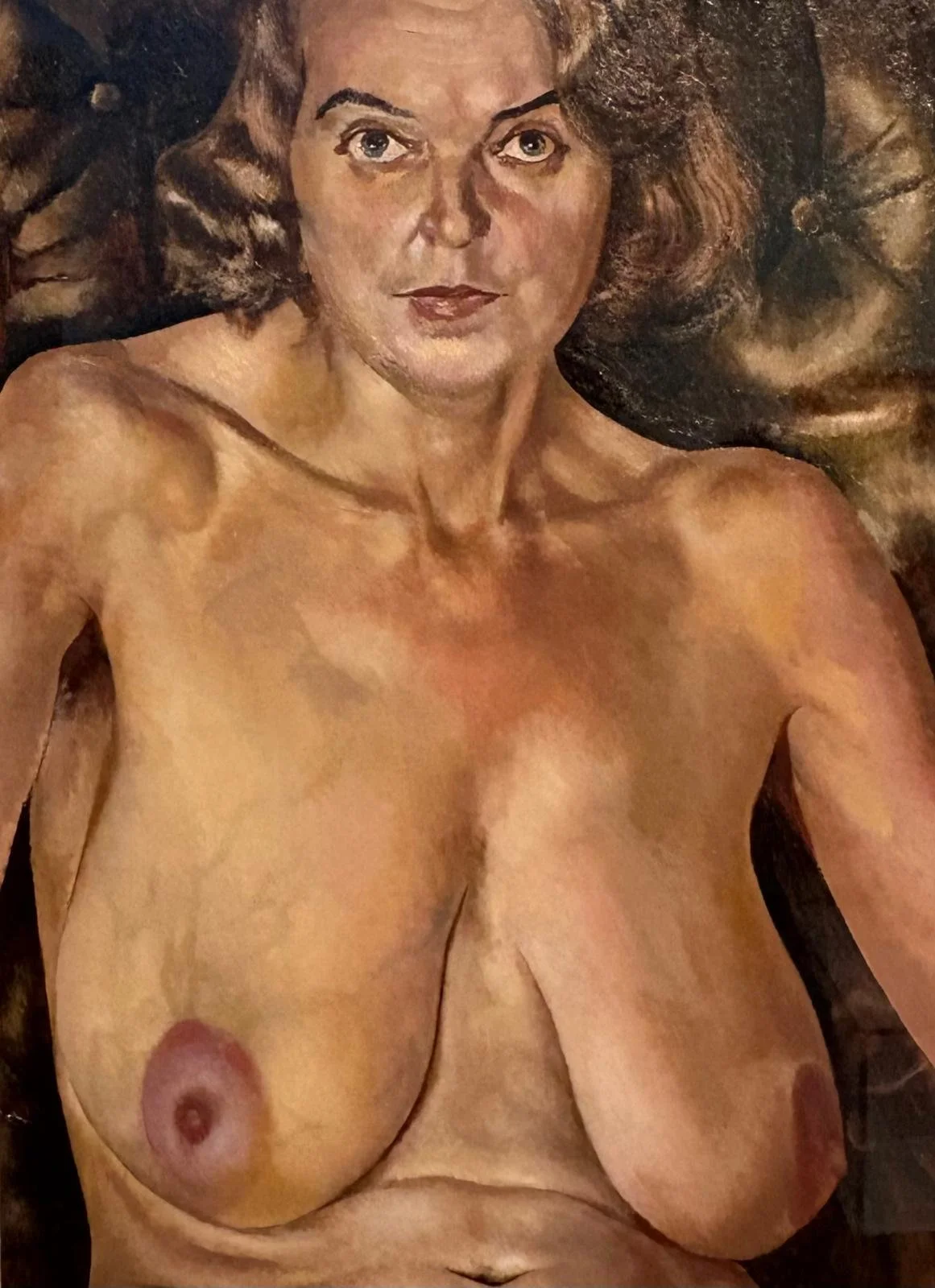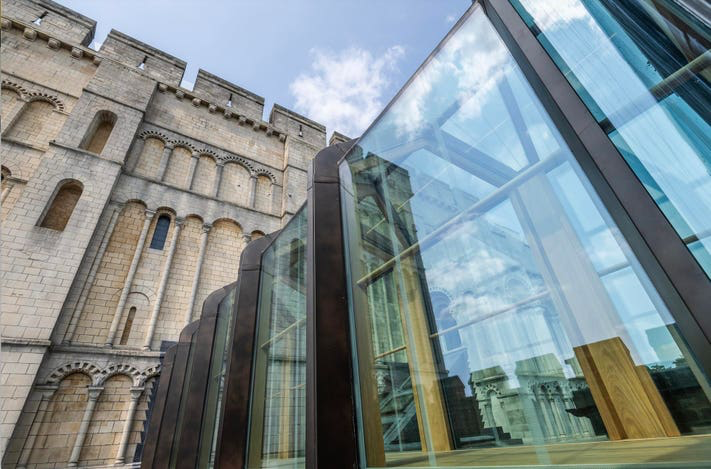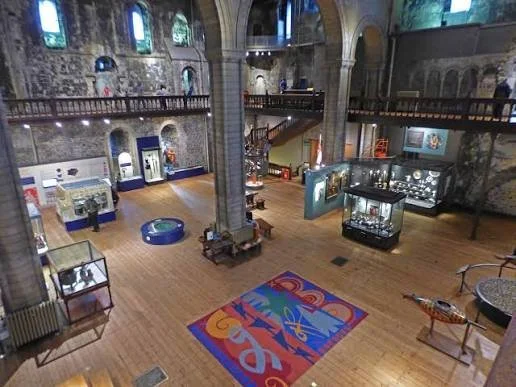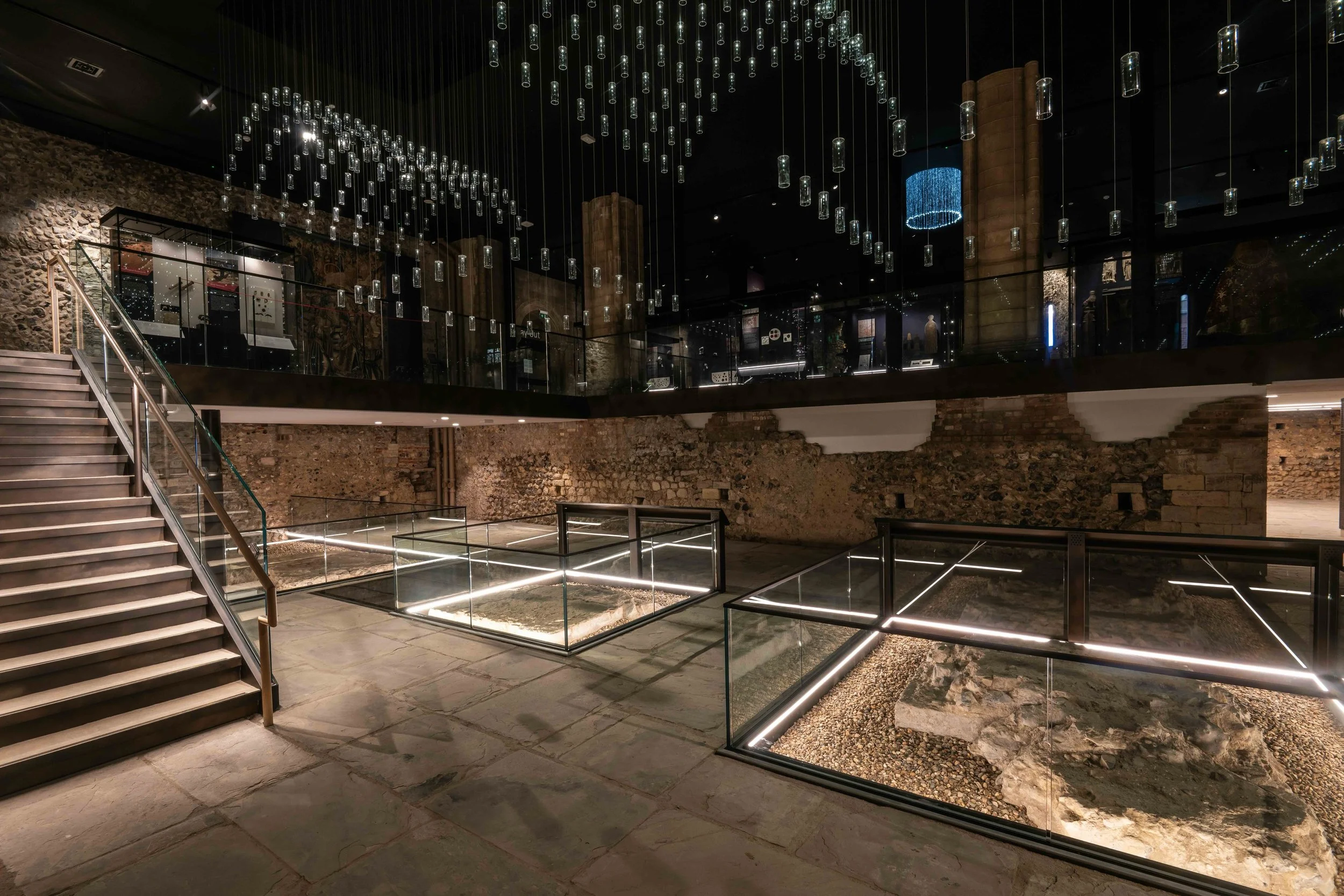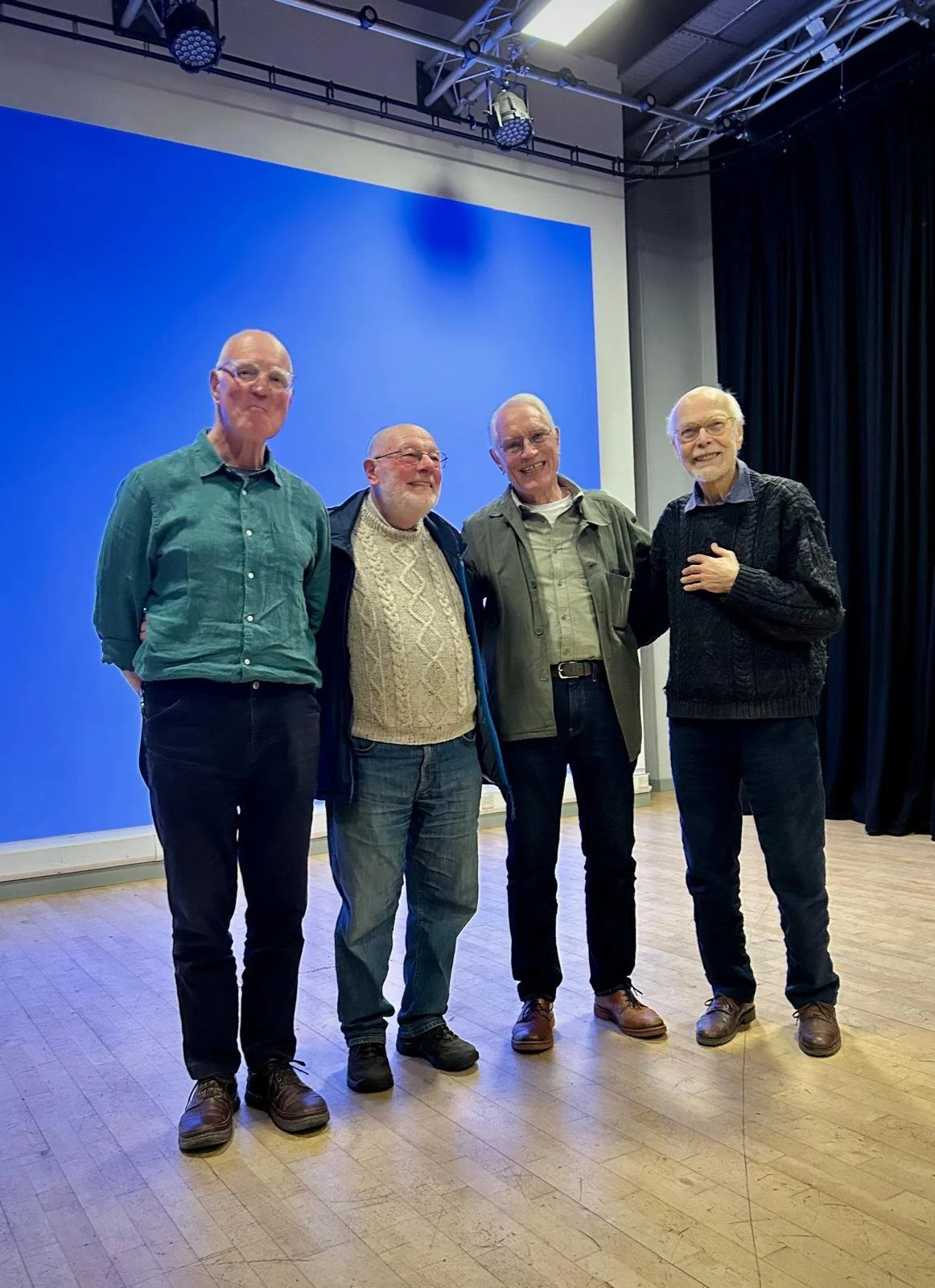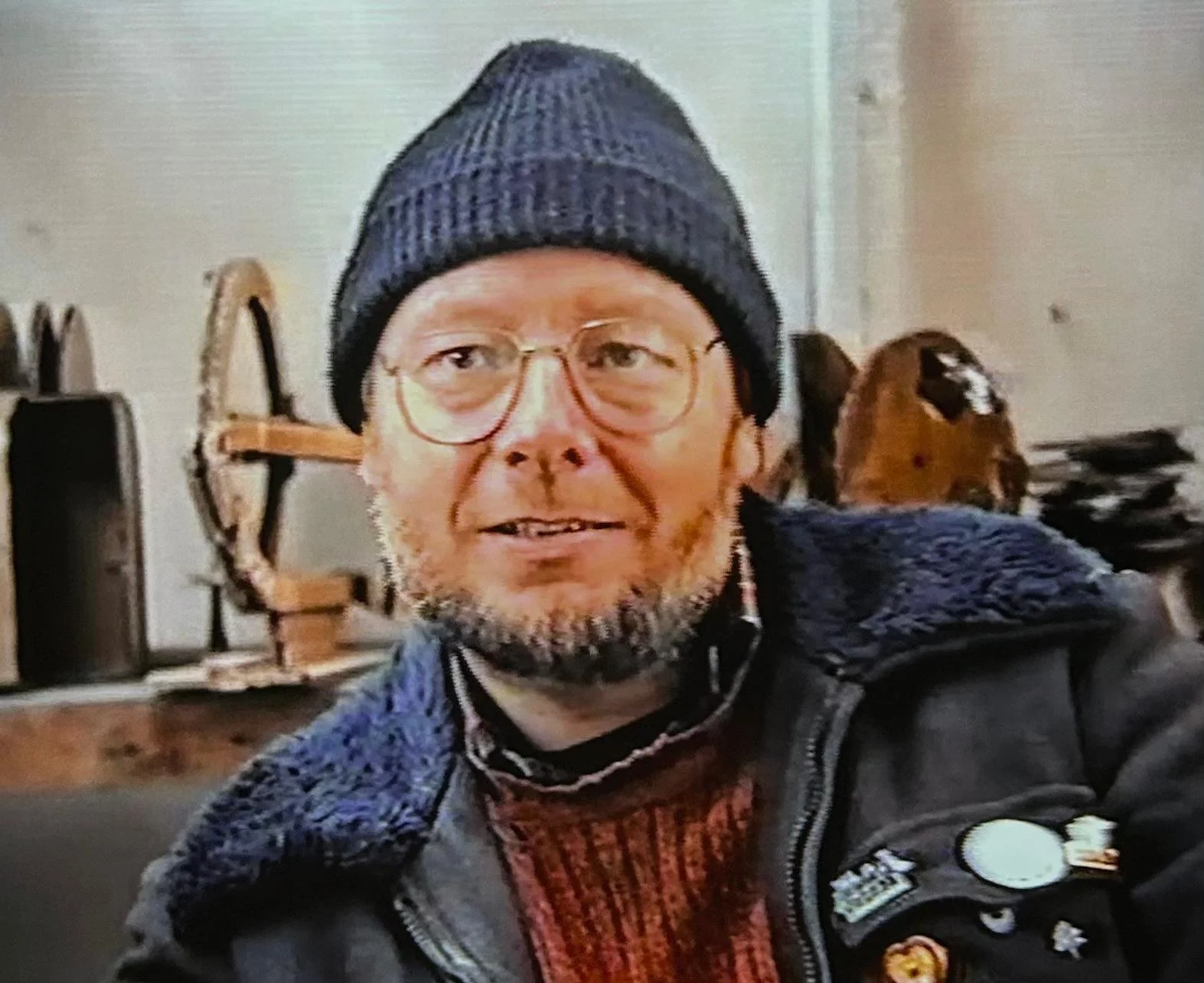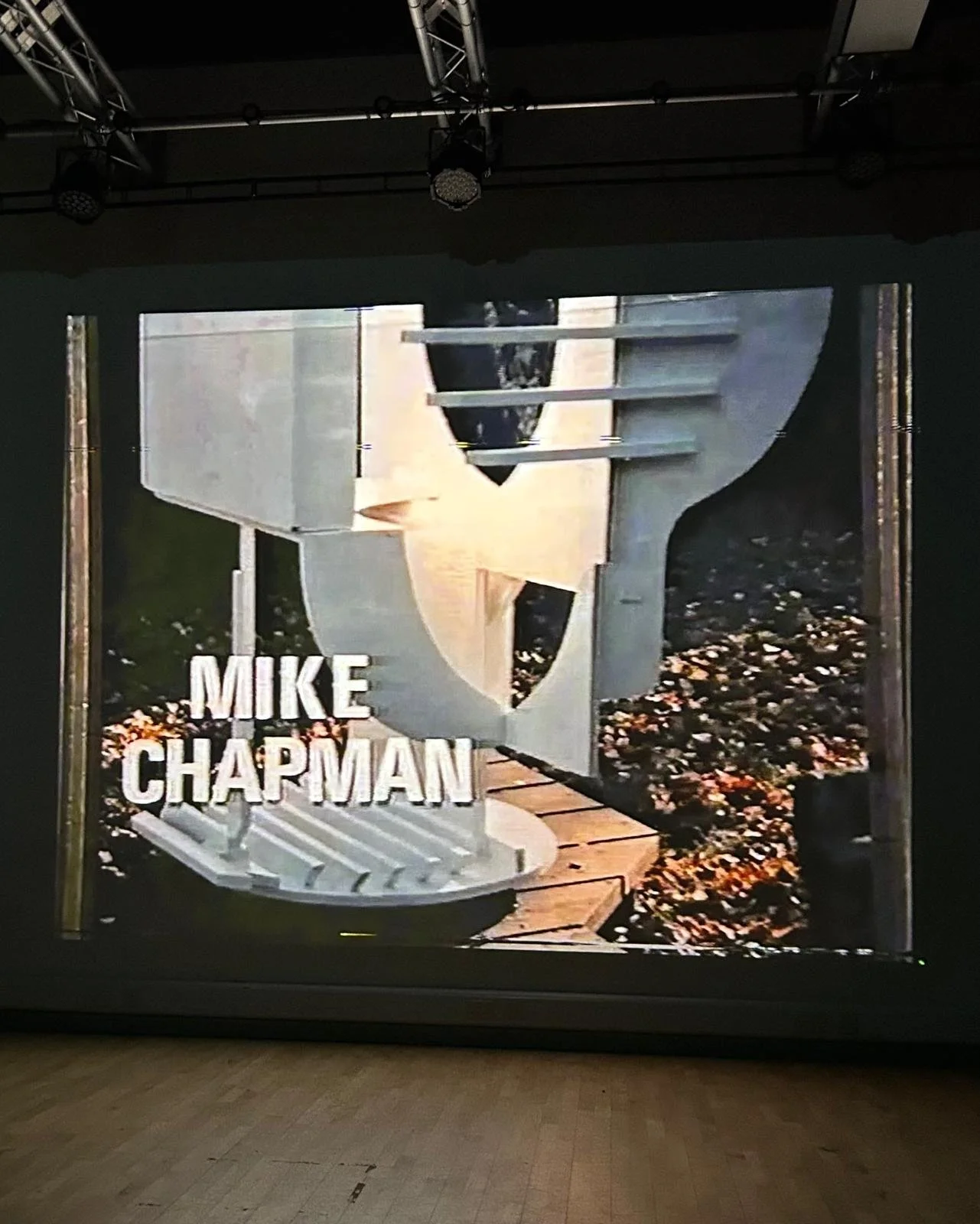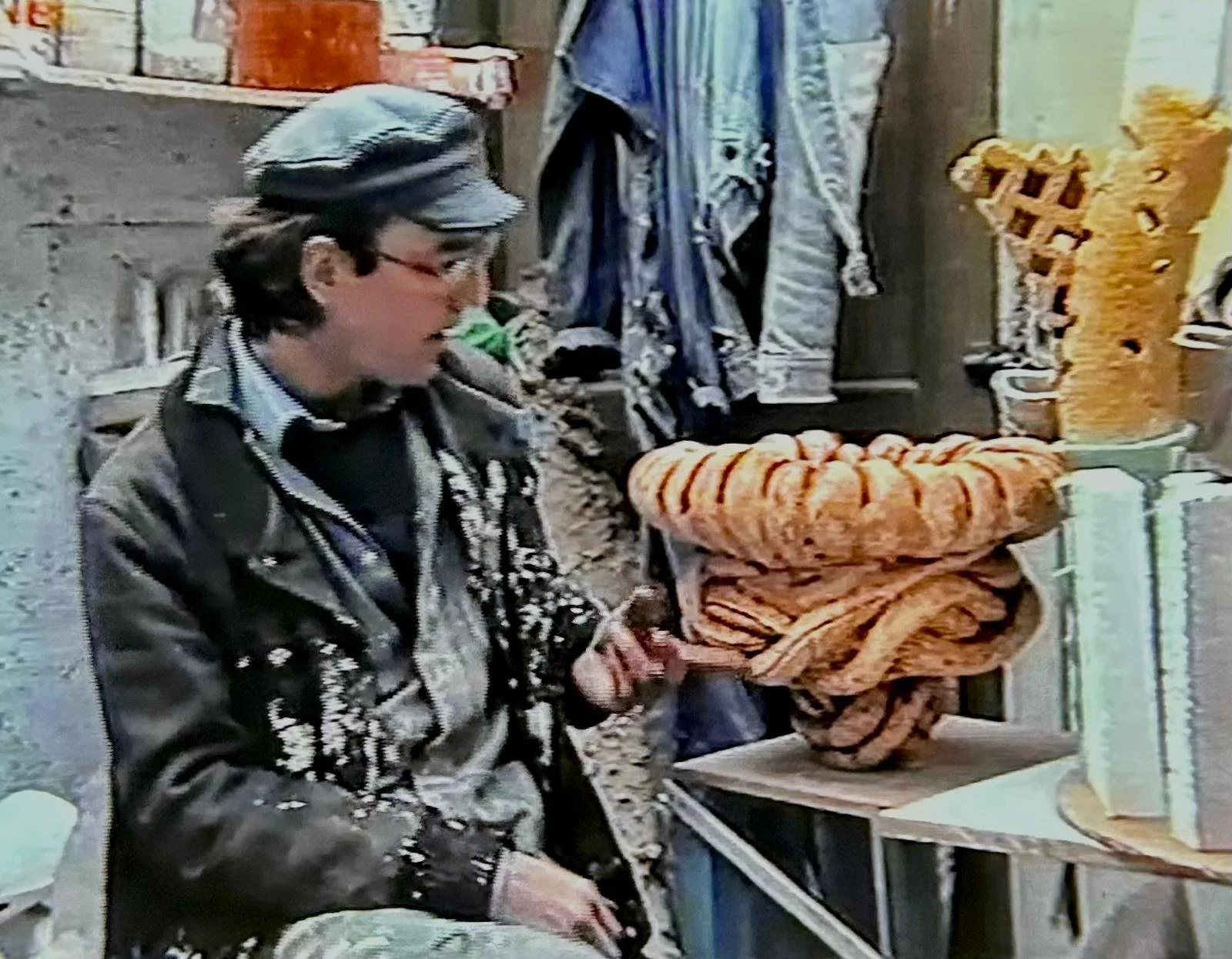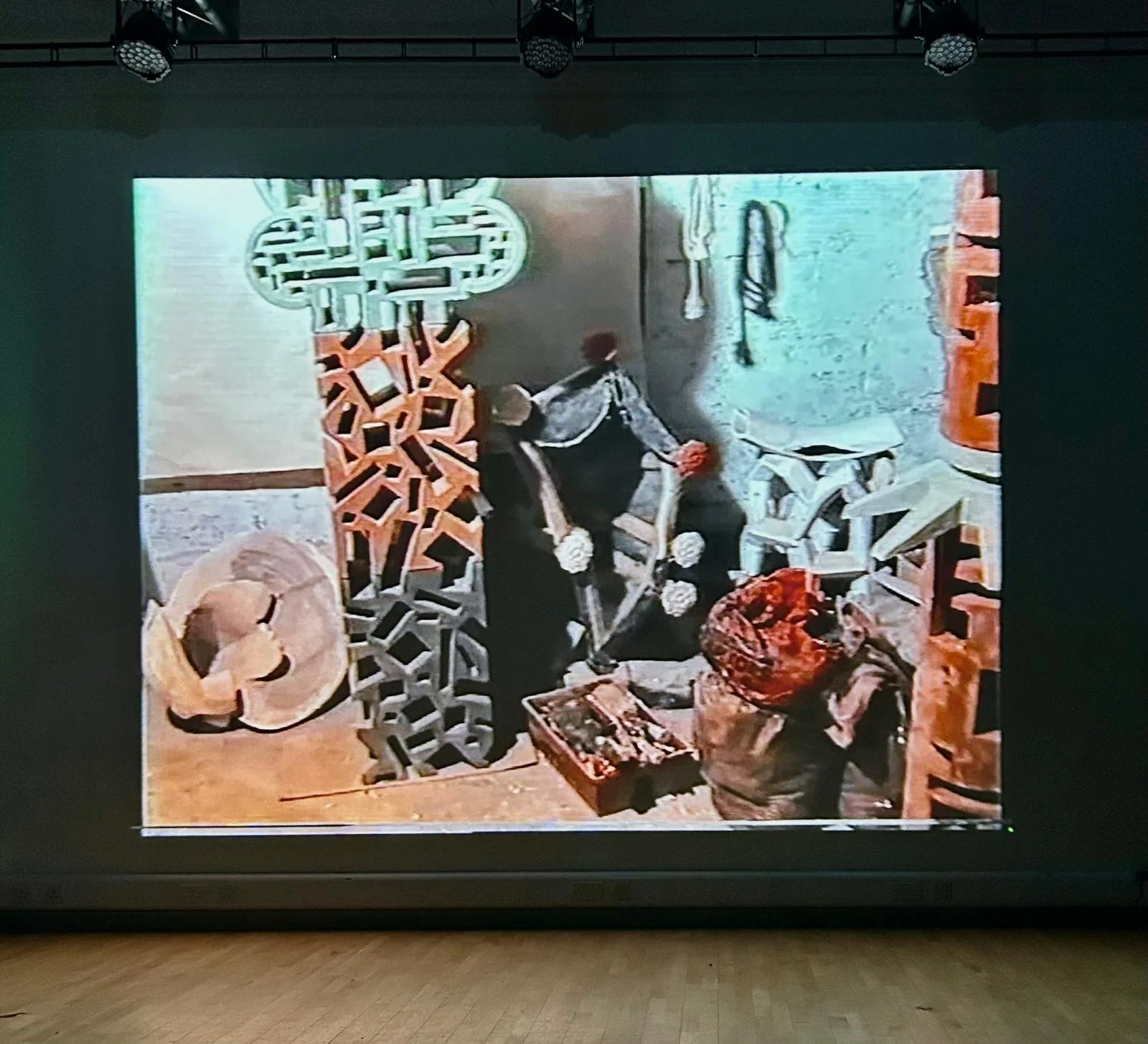Echoing the 2024 ncas exhibition, Post War: People and Place, that showcased the work of Robert Fox and Leslie Davenport, the evening at Norwich School’s Blake Studio was another brilliant time-capsule, this time transporting us back 35 years to the early 1990s.
Pre-dating a period marked by the rise of youth and popular culture and a shift towards individualism, we witness three artists beautifully captured in Mike Toll’s superb cinematic portraits “just being themselves.” Even better, all three artists were present to witness their honest, unselfconscious, younger selves to the delight of an enthusiastic ncas and Norwich 20 Group audience.
Eloquently introduced by former ncas chair Keith Roberts (whose excellent notes I have unashamedly plundered) the films were made in1989 and 1990 in VHS format. They were transcribed to a more user-friendly digital format by ncas and the Norwich Twenty Group in 2018. All the films have now been deposited through Dr Nick Warr in the East Anglian Film Archive.
On the films themselves, Keith wryly comments, “Even after only 35 years the films do seem curiously dated…. - it’s hard to pin down why, but even their voices seem to be from a slightly different era - but their key interest is the tight focus that Mike Toll brings to the artist’s materials and methods, about how artists in practice make their stuff”.

